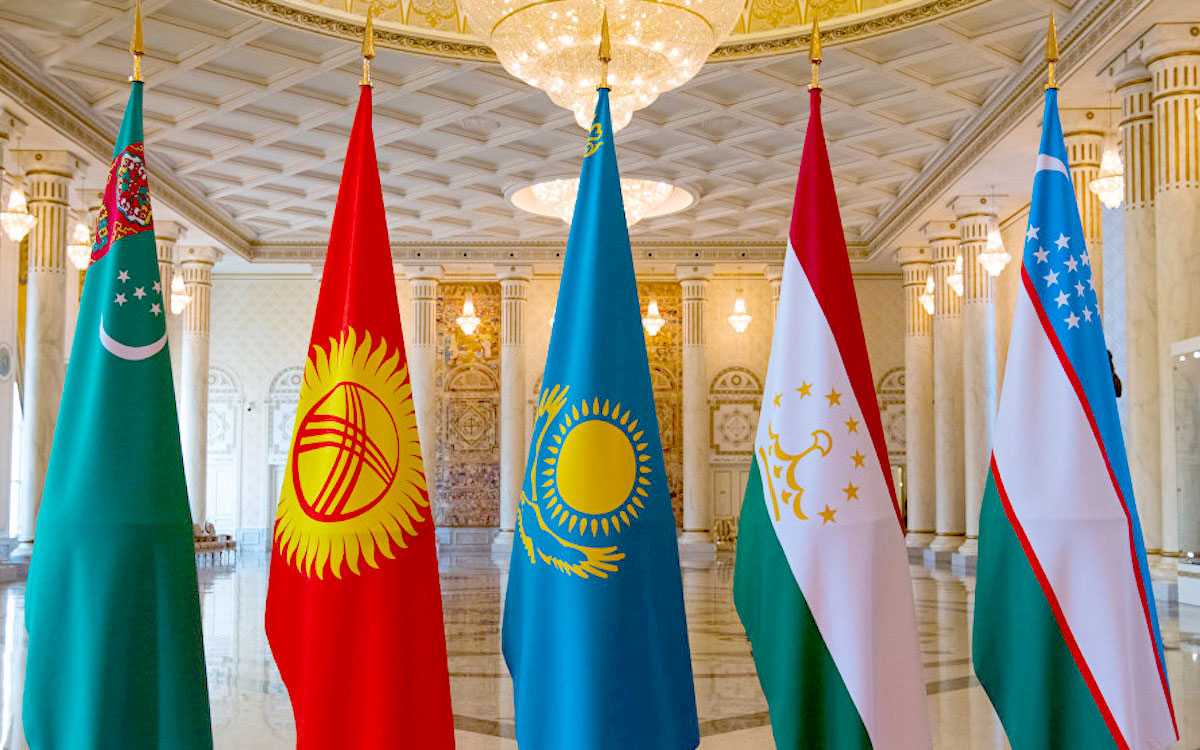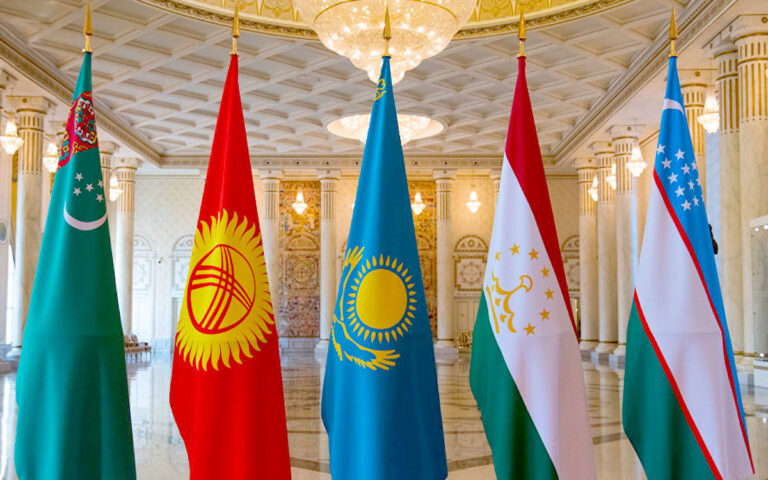ASTANA – Central Asian countries are showing economic growth despite continued global geopolitical turmoil, increasing attention to the region and strengthening partnerships with other countries. This development is expected to bring great benefits to all Central Asian countries, especially Kazakhstan, Kazinform news agency reported.

Photo credit: tdh.gov.tm.
For Central Asia, 2022 was packed with high-level summit meetings with countries such as China, India, Russia, and the European Union.
In 2023, Central Asian leaders participated in a summit in China in May, outlined priorities for partnership with the EU in June, and strengthened cooperation with Gulf states in July. Kazakhstan has played a leading role in promoting these developments.
As trade and logistics flows change, many countries are turning their attention to the region, primarily due to its favorable geographical location, which serves as a strategic transport hub between Russia and China.
Key routes such as the Trans-Caspian Corridor and the North-South Corridor offer significant time and cost benefits. Central Asia is strategically located between Europe and Asia and has immense potential for trade and economic development.
A study funded by the European Commission and carried out by the European Bank for Reconstruction and Development (EBRD) finds that the Trans-Central Caspian Network (CTCN) is essential to unlocking Central Asia’s transport potential and strengthening regional connectivity. It became clear that.
The EU plays a key role in shaping the future of transport in the region, providing technical assistance, capacity building and funding opportunities to modernize infrastructure and promote sustainable transport solutions, and to drive economic progress. and promoting regional cooperation.
Experts attribute the increased focus on Central Asia to stable economic growth amid existing geopolitical turmoil.
Central Asian countries have experienced strong intra-regional trade growth over the past two decades, reaching an average annual real GDP growth rate of 6.2%.
Kazakhstan leads the way, accounting for 80% of the region’s total mutual trade, with trade volume with Uzbekistan reaching approximately $5 billion in 2022, with a medium-term target of $10 billion, and trade volume with the Kyrgyz Republic. The plan is to expand it to a maximum of $2 billion.
The region’s large market potential plays an important role. Over the past 20 years, the population of Central Asia has increased by 40%, reaching 80 million people.
Along with this growth, macroeconomic indicators also improved. According to the EBRD’s latest forecasts, Central Asia is expected to be the fastest growing region in 2023, with GDP growth of 5.2%, followed by 5.4% in 2024.
According to Lidia Parkhomchik, an expert at the Institute of World Economy and Politics (IMEP), the foundations for a constructive dialogue platform involving all Central Asian countries and other states were laid in the early 2000s. In recent years, the first meetings in the C5+1 format have been held, including in Japan and South Korea.
The format was expanded to include negotiations with the United States in 2015, Russia in 2019, and China in 2020.
Geographical expansion of cooperation will bring new economic opportunities to the region, especially with Gulf countries. Strengthening regional cooperation can boost economic activity, attract investment and foster growth. The diversification of economic relations will have a positive impact on the countries of Central Asia and will require stronger regional cooperation in trade and connectivity.
Kazakhstan has been a leader in this process since 2000, actively supporting and initiating interregional exchanges. The region’s steady economic growth and diverse economic relationships have made it more stable and attractive for business and investment.
This article was originally published on Kazinform.

